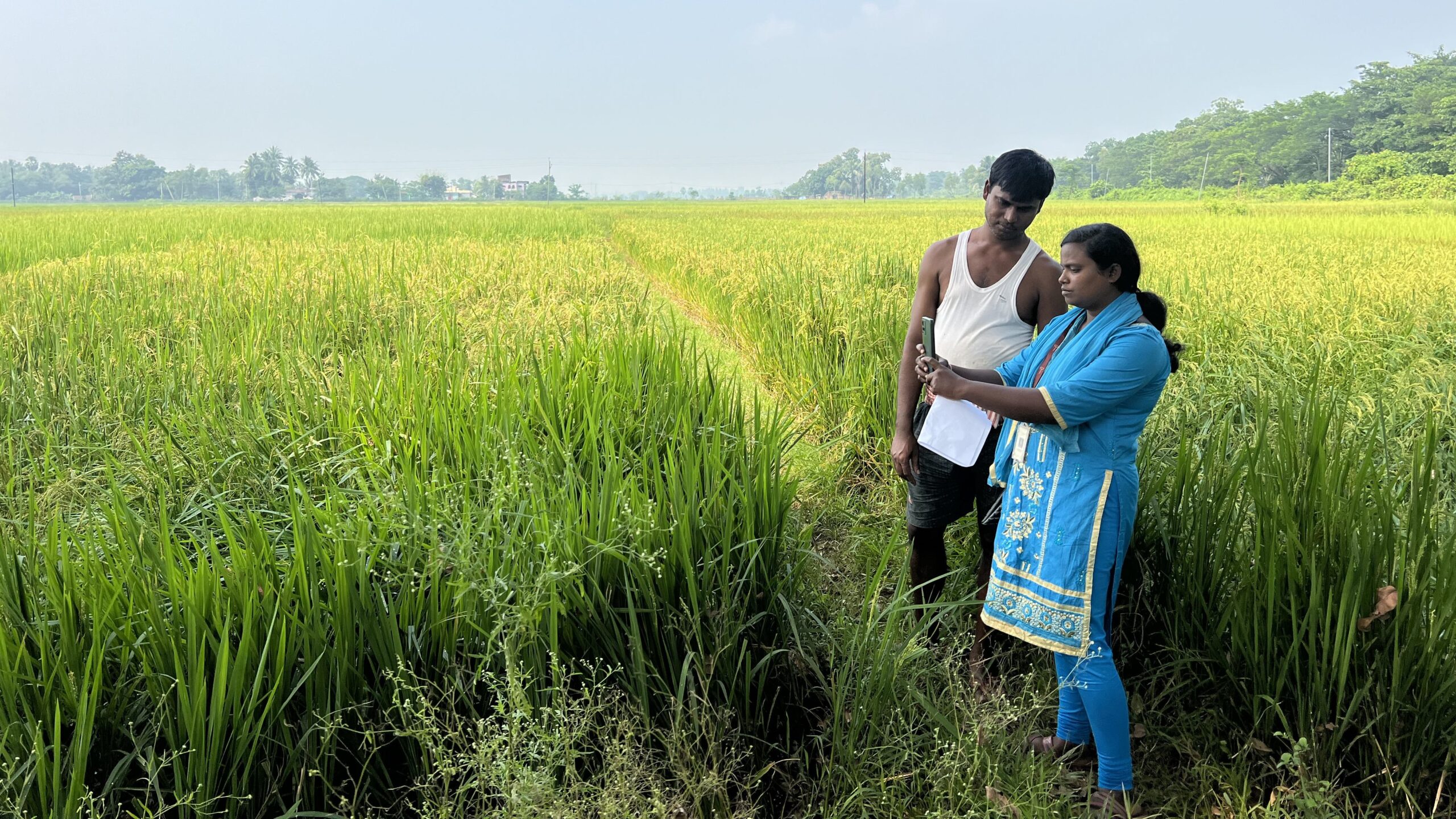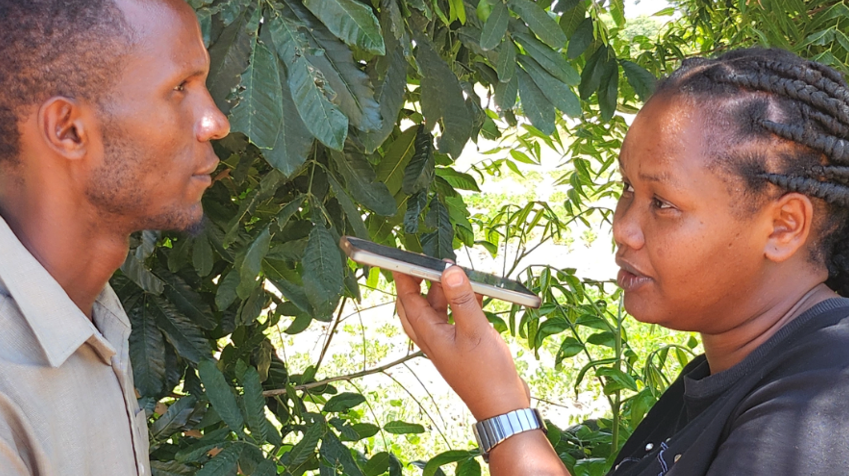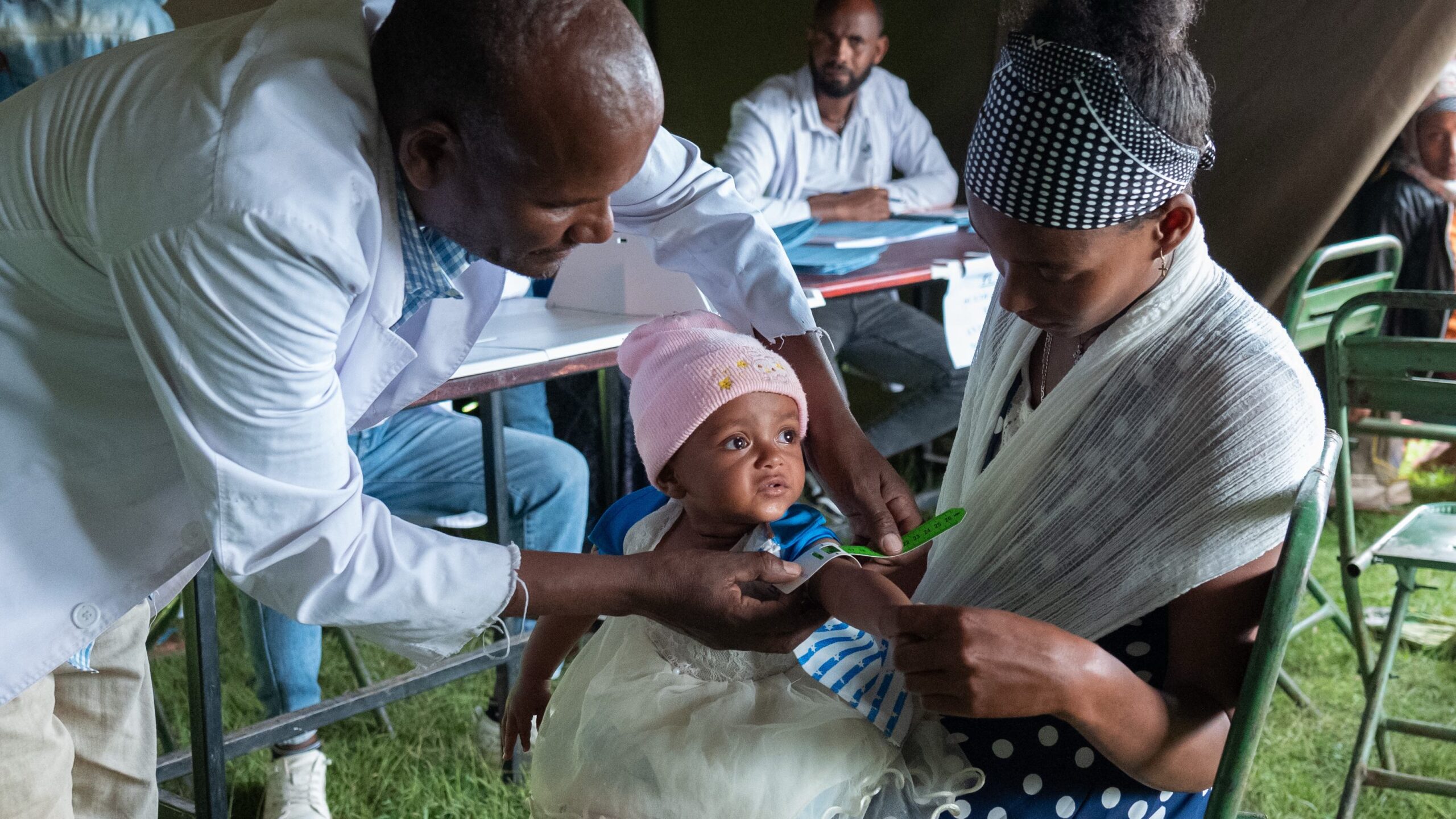A UNAIDS report released in advance of the 19th International AIDS Conference taking place this week in Washington reveals that the number of people infected with HIV/AIDS is declining and the number of people receiving treatment—including those in low and middle income countries—is increasing.
But in Sub-Saharan Africa, where HIV/AIDS still kills millions each year, the disease doesn’t just take a heavy toll on the infected. HIV/AIDS can destabilize entire households and communities, resulting in impacts that endure for generations and stymie the continent’s already-challenging efforts to grow the economy, create jobs, and improve living standards.
Children often bear the brunt of these HIV/AIDS ripple effects. In 2009, 16.6 million children worldwide lost one or both parents to the disease. Some 90 percent of these children live in Sub-Saharan Africa. Usually, extended families or members of the community—already very poor—take care of these orphans. Nonetheless, these children often experience irreversible health, nutrition, and education deprivation as a result of their disrupted childhoods.
A new IFPRI book by Michelle Adato and Lucy Bassett proposes a holistic approach to HIV/AIDS that takes into account the disease’s impact on children and communities—as well as the disease’s close link to poverty, food insecurity, and human capital (investments in education, health care, and other areas that enable people to serve as productive members of the labor force).
The book, Social Protection and Cash Transfers to Strengthen Families Affected by HIV and AIDS, focuses on the role that a specific kind of social protection—cash transfers—can play in preventing the destitution of entire households and imperiling the lives of children, as well as examining alternative and complementary approaches such as food assistance, work-based programs, social services, and information and awareness programs.
Based on a review of 20 cash transfer programs in place in countries around the world with both high and low HIV prevalence, the authors offer specific recommendations for designing social protection programs. They suggest, for example, that these programs should target poor households in areas of high HIV prevalence rather than HIV-positive households or orphans.
In the end, cash transfers to poor families in areas with a high number of HIV-infected people are not the only solution to strengthening livelihoods posed by in the context of the daunting AIDS challenge. But such an approach has the greatest potential to directly affect poverty and human capital and can be most easily scaled up to reach a large number of beneficiaries.







